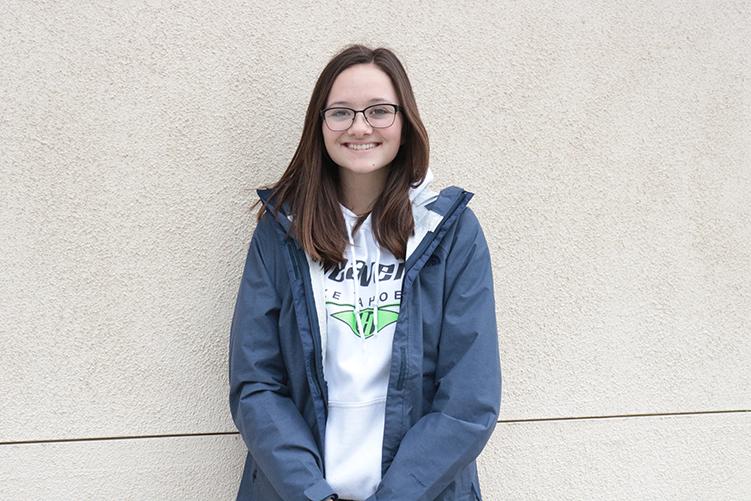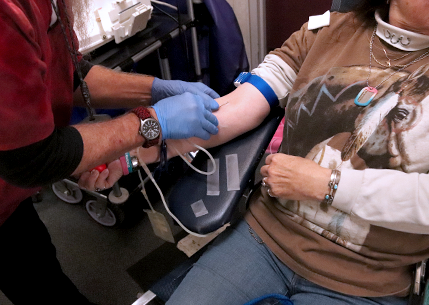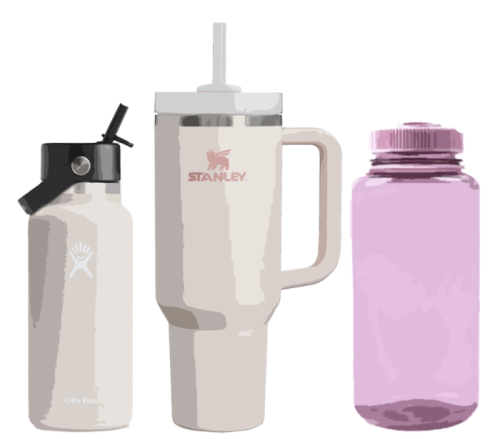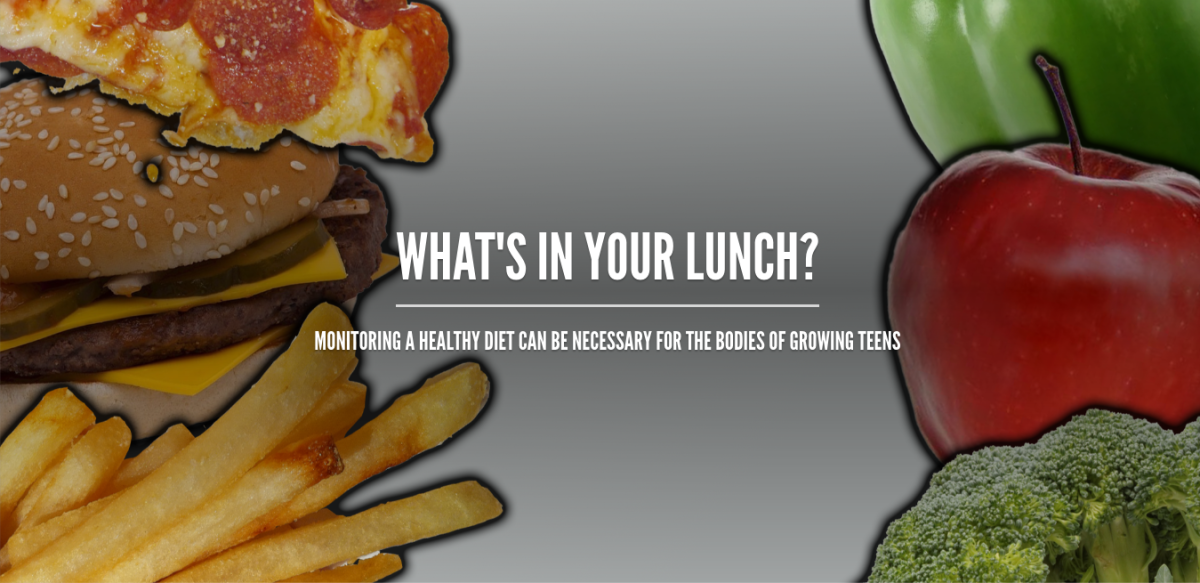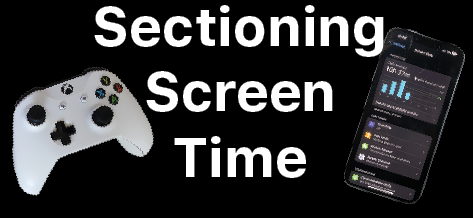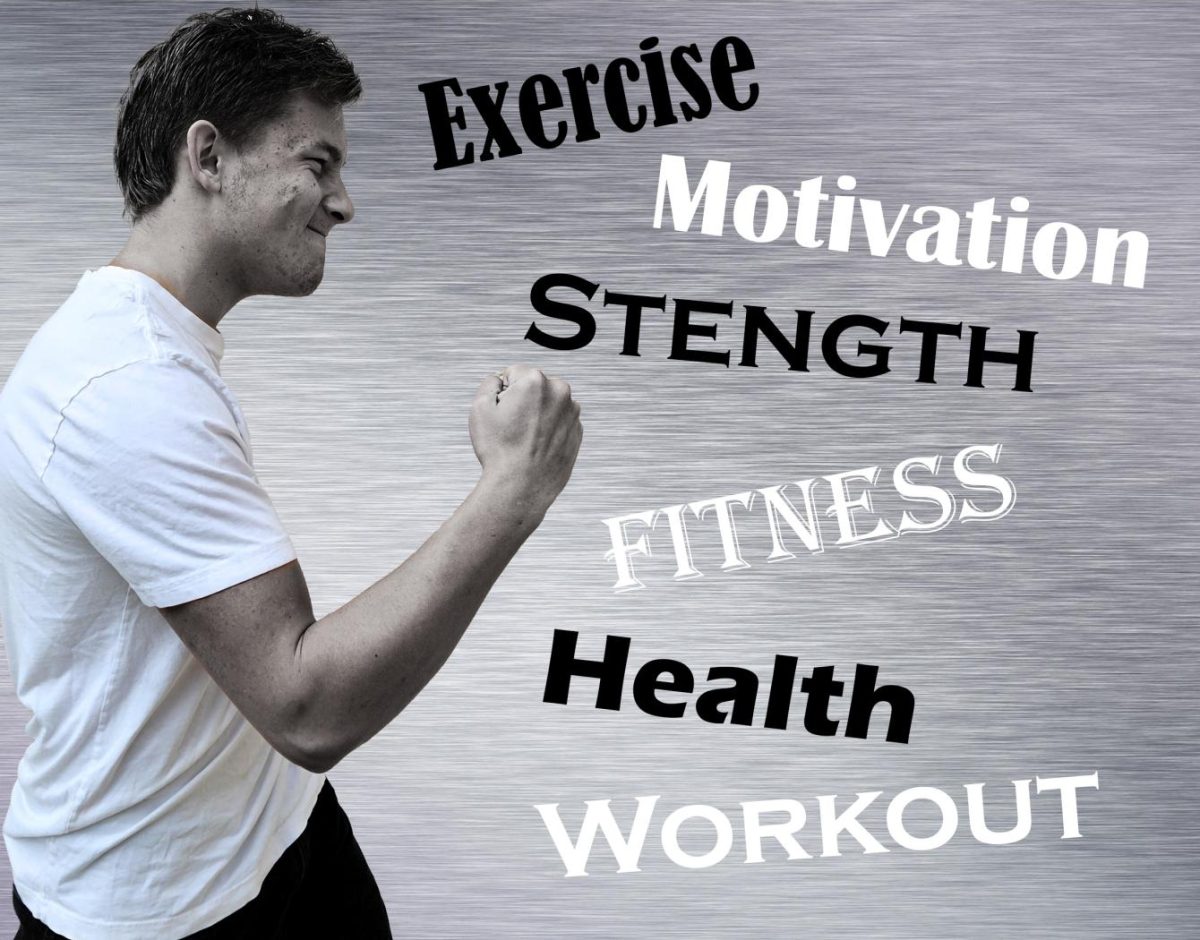Junior Sarah Farrer prepares through the Community Health Care Practicum
[dropcap size=small]I[/dropcap] n the walls of Twin Cities hospital, surrounded by the hurried buzz of doctors and nurses, junior Sarah Farrer feels right at home. For the next five hours, she will shadow nurses to learn simple procedures and how to chart and document patients. Through the Community Health Care Practicum, Farrer can experience what a day in her future profession will look like while still in high school.
For Farrer, an inclination to the medical field was always present, but her experiences in Community Health Care sold her on becoming a nurse. “I’ve kinda been wanting to do it since I was eight; it was a little dream, but then when I heard about this [class], and got into the hospital I for sure wanted to be a nurse,” said Farrer on what drew her to a career in nursing.
Farrer goes through rotations on her weekly shift in Obstetrics and Gynecology as well as in the emergency room, where she observes outpatient services before she gets to explore her options in the actual ER. Students typically shadow nurses of different trades before finding a specialty that suits them. During her rotations, she has witnessed many things, in which one of the most monumental events was watching a baby being born. “When the baby first opened his eyes, that was crazy for such a small thing,” said Farrer about her experience. Taking part in something this remarkable has a lasting effect on an aspiring nurse, which is one reason this class is important to many students.
 Community Health Care is a platform where students can test out the waters of the medical field without diving in blindly. With medical dramas like Grey’s Anatomy on the rise, many teens have false impressions about the glitz and glamour of the medical field. A “false perception of their medical specialty before enrolling,” is one of the major causes of dropouts, according to theapprenticedoctor.com. This expectation for a medical setting to live up to its Hollywood counterparts is debunked by a student experiencing a medical career firsthand.
Community Health Care is a platform where students can test out the waters of the medical field without diving in blindly. With medical dramas like Grey’s Anatomy on the rise, many teens have false impressions about the glitz and glamour of the medical field. A “false perception of their medical specialty before enrolling,” is one of the major causes of dropouts, according to theapprenticedoctor.com. This expectation for a medical setting to live up to its Hollywood counterparts is debunked by a student experiencing a medical career firsthand.
Teens interested in the medical field face a complicated and confusing path to their career. There is a multitude of different specialties such as nursing, sports medicine, surgery and veterinary that come with their unique schooling, pay and scope of practice. Out of the hundreds of options, nursing has more than 3.1 million registered nurses, making it the largest healthcare profession, according to the American Association of Colleges of Nursing.
Certainty about college and careers is something that many teens lack; less than half of students feel prepared for their future, according to a survey by YouthTruth. The CTE classes that are offered on campus give students a glimpse into their future, so they know what to expect. “Getting to see if I’ll actually be able to follow through with this career and getting to see what I’ll actually be doing instead of being like ‘I think this is what I’ll do, this is what Google says this profession does.’ I get to see what it is and I get to have that hands on experience beforehand,” said junior Lily Seebart on prepping for her career as an athletic trainer.
Students start off in the Introduction to Healthcare class, where they learn about the abundance of healthcare professions before advancing on to the Community Health and Athletic Training practicums where they can see the scenarios they prepared for play out in real life. “The goal is that there is minimal classroom time and most of it is spent hands on, either observing, or … learning professional development.” said Shelby La Mendola, the Community Health Care Practicum teacher.
This class opens students’ eyes to different positions in the medical field and what people in these positions do on a daily basis. “A lot of students have no idea whether they are going to hate it or love it, the practicum they are walking into. There is no point wasting time getting halfway into career prep in college and learning ‘I didn’t know this was the hours, I didn’t know this was the grunt work.’ Know that beforehand.” said La Mendola on teaching students what their profession will entail.
Community Health gives students the chance to gain experience while discovering which path is right for them. For students like Farrer, it only solidifies what they already knew, while allowing them to expand on their knowledge and passion.

